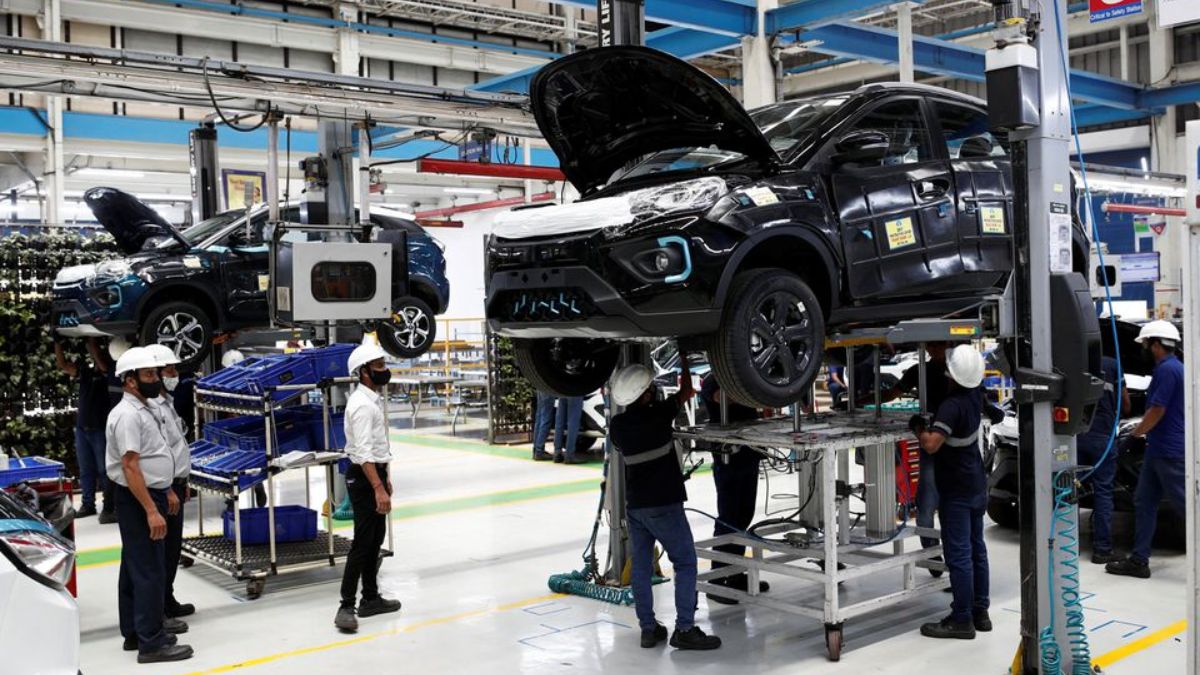- By Divanshi Sharma
- Thu, 17 Aug 2023 07:40 PM (IST)
- Source:JND
As part of the National Mission on Electric Mobility, the government initiative FAME-India (Faster Adoption and Manufacturing of (Hybrid &) Electric Vehicles in India) was introduced in 2011. The scheme's ultimate goal is to reduce India's reliance on fossil fuels while also reducing air pollution and the effects of climate change by encouraging the use of electric and hybrid vehicles in India.
ALSO READ: Mahindra Thar.e Concept Introduced, Check All Details About The New Electric Off-Roading SUV Here
FAME-India: Objective
The scheme aims to make electric and hybrid vehicles more accessible and cheap by offering incentives to both makers and consumers of these vehicles with the goal of increasing demand. Since the launch of the programme, it has been repeatedly extended; the present phase is still in effect until 2024. The category of the vehicle and the battery requirements are used to determine the incentives offered under the programme. The programme also funds the building of charging infrastructure for electric vehicles.
FAME-India: Phases
Phase I of the programme saw the installation of 427 charging stations by the government, and Rs 895 crore were allocated for programme operations. A total of Rs 359 crores were used to support the purchase of about 2.8 lakh electric automobiles. The electrification of shared and public transport is the main goal of phase II of the plan. Rs 10,000 crore in funding have been set aside by the government for this phase. The programme intends to offer incentives to a variety of vehicles, such as electric two-wheelers, electric four-wheelers, hybrid four-wheelers, e-rickshaws, and e-buses.
ALSO READ: BMW Unveils Bulletproof Electric Car, The i7 Protection: Check All Details Here
The government intends to build 2700 charging stations in urban areas, smart cities, hilly states, and more than a million cities nationwide in addition to offering incentives to vehicles. The grid measurement will follow a 3 km x 3 km layout. The government also intends to cover highways and build charging stations on both sides of the roads, spacing them 25 kilometres apart.

